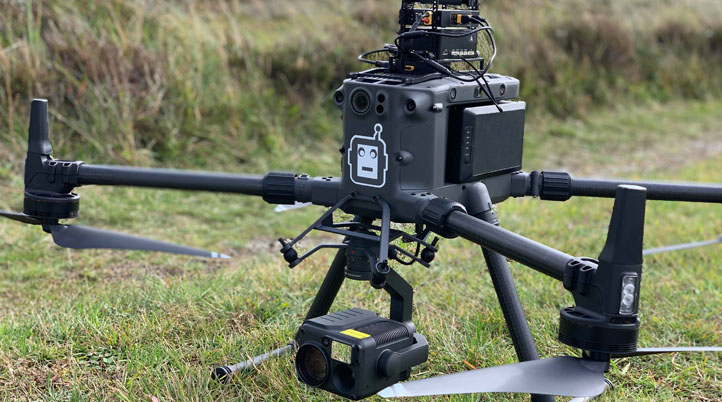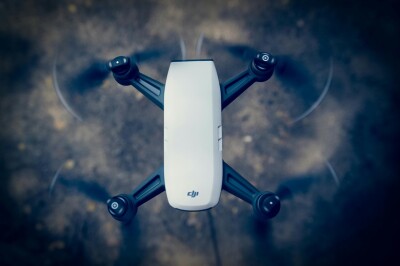Nominated for several awards in different fields including sustainability and innovation, startup Robotto, a spinoff of a full-year bachelor thesis in Robotics at Aalborg University, Denmark, believes the implementation of smart, autonomous technology in the world of firefighting still lags. Consequently, firefighters “stay on defense rather than offense - leaving them in a reactionary position, unable to utilize their resources efficiently.” To help firefighters stay one step ahead and help reduce the impact forest fires have on biodiversity, Robotto developed the AWRA (Autonomous Wildfire Recognition and Analytics) drone.
What started as “a willingness to make a difference for the environment and to influence the current climate change in a positive way” from a university’s engineering group, the AWRA drone is now a sophisticated product that combines artificial intelligence and robotics. Designed to fly up to 120 meters with a battery life of 40 minutes, Robotto’s drone maps and surveys desired areas, providing the needed data for wildfires, like the direction of spread and the attacked area, and autonomously transferring that data onto a map with both optical and thermal imagery. By giving firefighters data when and where they need it, AWRA provides them a better fighting chance and situational awareness to operate most efficiently.
While one of the main causes of the increase of wildfires, such as the ones in Australia and California last year, is global warming, Robotto also thinks we can’t blame “this increase entirely on something we have little control over. We think only in terms of controlling/fighting fires or prevention and leave little contemplation on how we, as a society, can work to give nature the ability to act while keeping our communities safe.” It is also essential that governments and communities work actively to implement new technologies and begin to think beyond either combating fires or preventing them, moving instead towards combining the two.
“A path also needs to be opened for technology to break into well-established industries like firefighting,” said Jacobo Domingo Gil, COO at Robotto. “To do this, we need regulation to advance at the same pace as innovation and help us integrate with the already established methods.”
Robotto’s vision does not stop at wildfires. In fact, the AWRA drone is easily applicable to other areas, such as search & rescue, aerial inspection, first response, wildlife control, and more. Going forward, the company wants to implement robotic technologies into every field to facilitate green transition or help reduce environmental impact.





 - C.jpg.small.400x400.jpg)









Comments